Lyall Bay Days
By Tom Etuata
By Tom Etuata
Piha and Hawaii’s famous Pipeline surf beach it is not, but Wellington’s Lyall Bay has its own unique charm. On hot summer days, when there is a decent ocean swell, the bay becomes a magnet for beachgoers, surfers, and ocean-lovers – despite the water being freezing cold most days.


So where does the name Lyall come from?
There are two men that could have lent their name to the bay. The first: Dr. David Lyall (below), a Royal Medical Officer who surveyed the bay in 1847.
The second: George Lyall, one of the directors of the New Zealand Company in 1840.
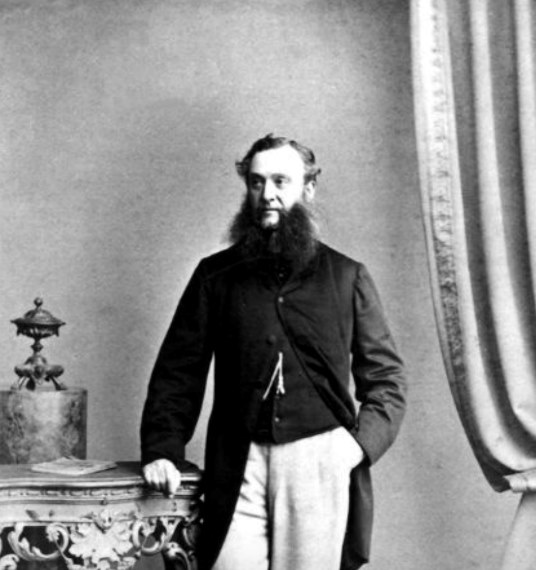
Names aside, one of my favourite Lyall Bay stories is that of ‘The Duke’ – Hawaiian surfing legend Duke Kahanamoku, godfather and inventor of modern surfing, – was invited by the Lyall Bay Surf Life Saving Club to show–off his skills at the Bay on 7 March 1915. He surfed in front of a crowd of curious Wellingtonians.
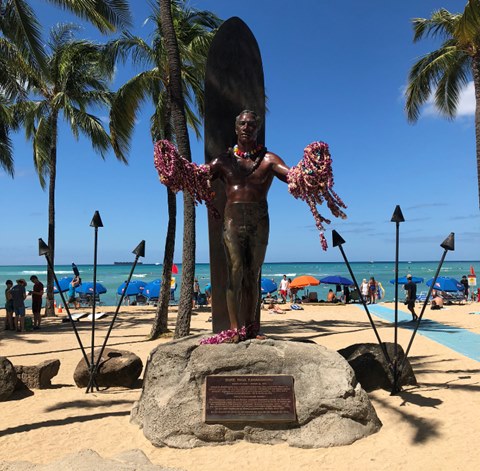
The Lyall Bay Surf Lifesaving Club was the first surf lifesaving club in Aotearoa, having formed in 1910.
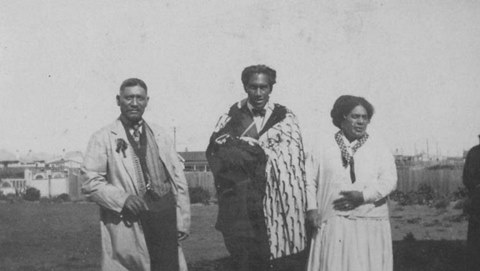

Today, if you are looking for the ‘Godfather of Wellington Surfing’ then look no further than The Realsurf Co. Shop – owned and operated by Roger Titcombe.
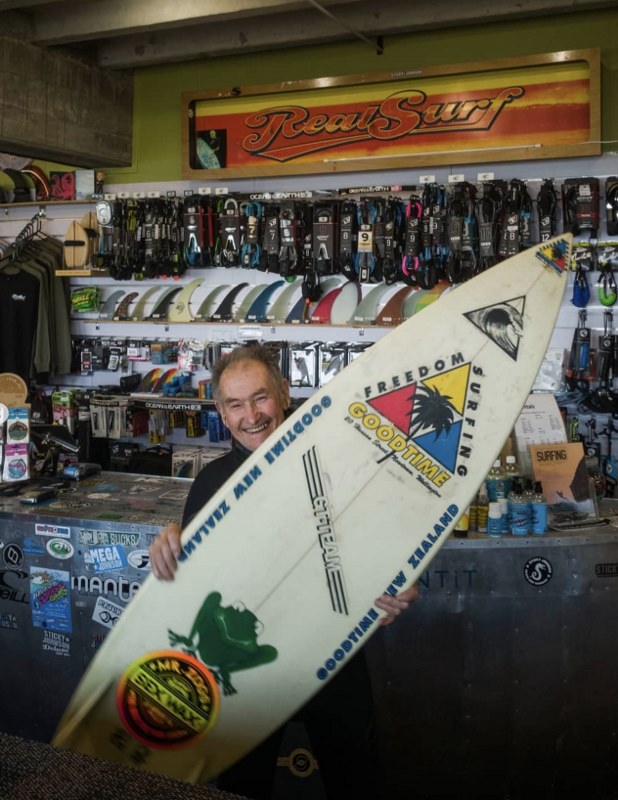
He is a big part of the Lyall Bay surf scene, having lived in the Bay for over 45 years and has owned Realsurf since 2002. (He also ran the Goodtime Surf Shop which used to be on Onepu Rd and Coutts St in Kilbirnie.)
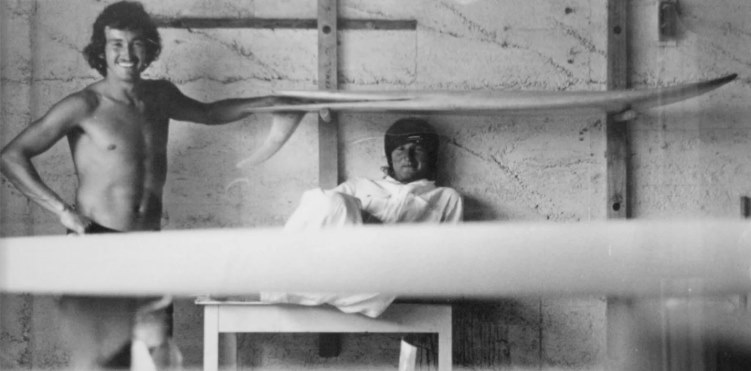
The shop is a surfboard museum of its own. When you walk in, look up. Numerous classic boards, all shaped and designed by Roger in the 1970s and 80s adorn the walls.
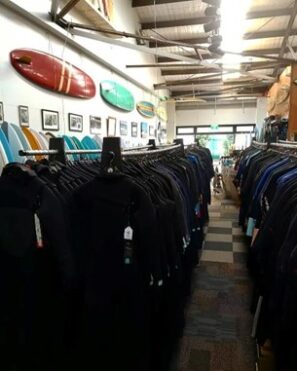
I bought my very first surfboard at Real Surf – an 8’ 3” Bear Malibu Longboard, which I still have today.
I lived at the upstairs flat at 66 Lyall Parade for several years in the late 1990s. Today the building has been converted into a beachfront home – with striking blue rodeca panels. Originally built in 1909, the building has a lot of history. In the early 1900s it was a dance hall and tea room;. later a skating rink. In 1915 the building was the Seaside Picture Theatre – at that time Wellington’s second purpose-built cinema.
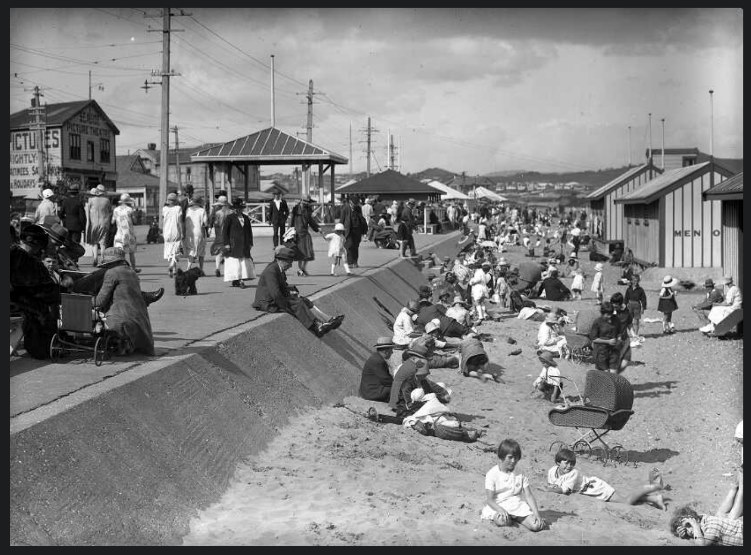
Across the road from 66 Lyall Bay Parade reside two Surf Lifesaving clubs – Lyall Bay and Maranui.
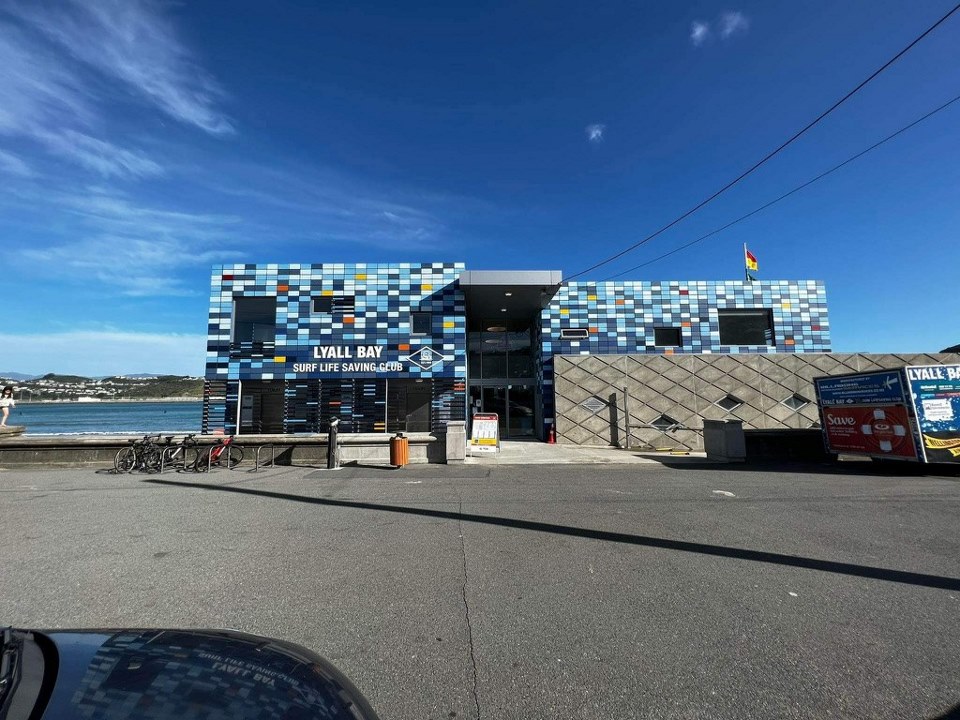
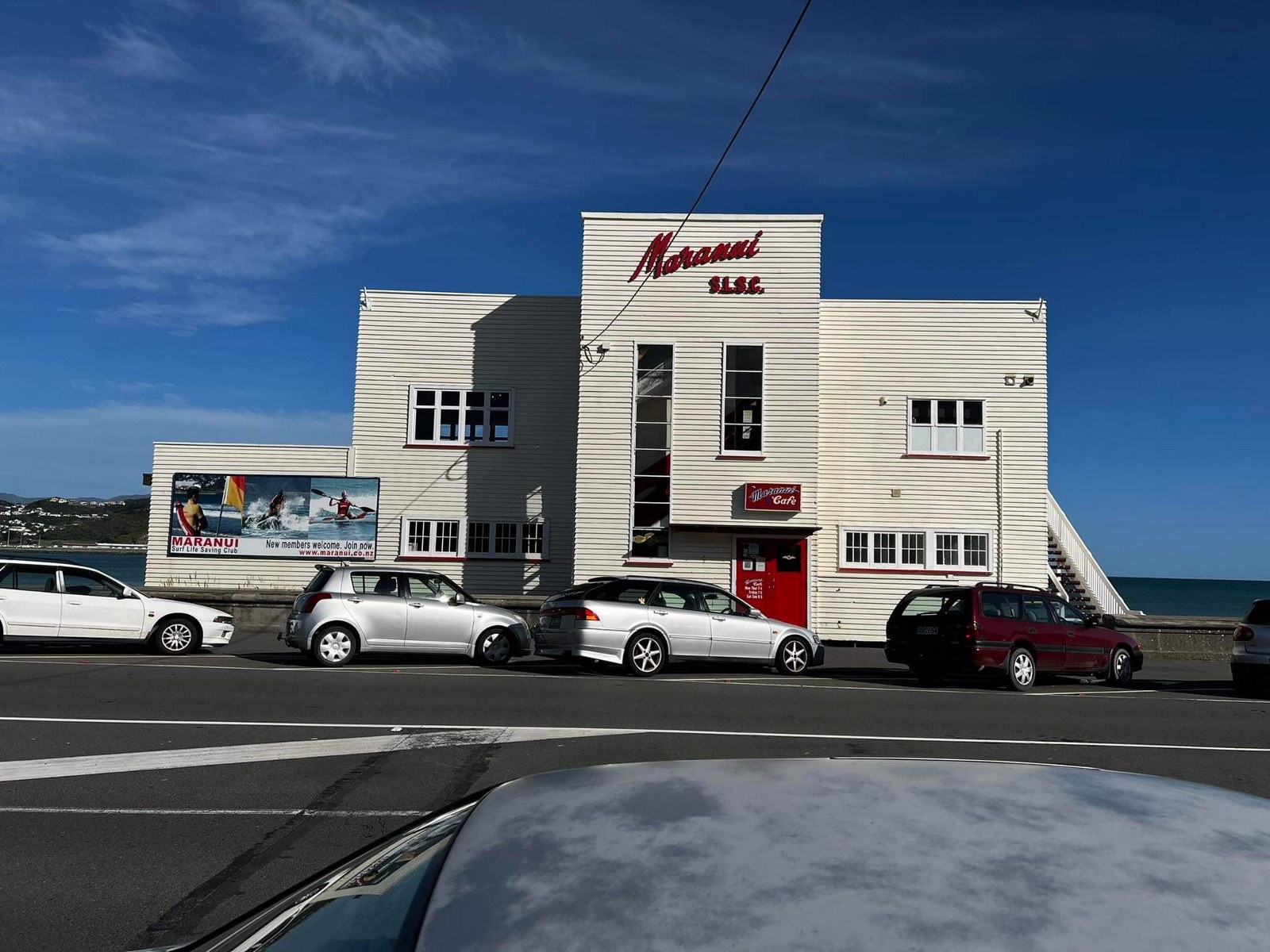
Why two Surf Lifesaving clubs?
It can all be traced back to one particular incident in 1911 dubbed ‘The Big Row’.*
The incident began with a heated argument after the Lyall Bay Surf Life Saving Club president, William Morpeth, who, at the last minute, changed the order of the lifeguards for an important surf lifesaving demonstration in front of Wellington City Councillors. This infuriated the lifeguards, George Neal, Ted Collier and Barney Wilson, who had been practicing their routine for weeks.
The three were part of a disgruntled group of Lyall Bay Surf Life Saving Club members ( of which 42 were women), who broke away to form another club called Maranui (meaning long sands in Te Reo) on the 3 October 1911.
In the Attic at Wellington Museum, you can see the oars and flags from the Lyall Bay Surf Life Saving Club.
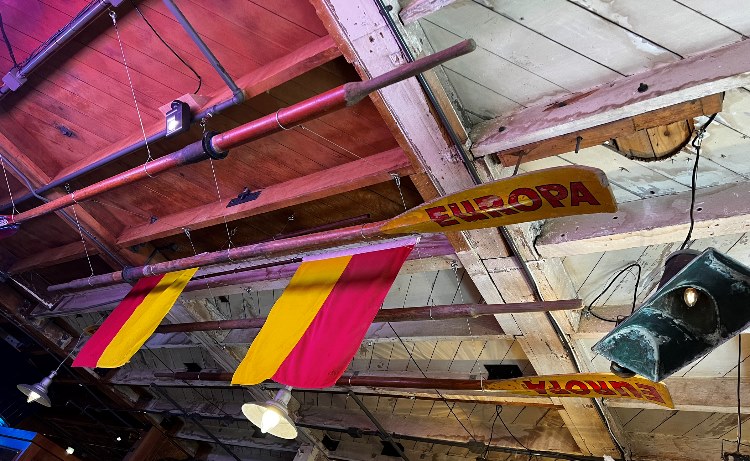
Despite their history, I am sure the two surf clubs get along just swimmingly today (until their next surf club meet of course).
Lyall Bay is a great spot for Wellingtonians to enjoy. Not only does it have interesting surfing history and boast two surf life-saving clubs, it has it’s own unique sense of place and history alongside also a mix of cool eateries, a brewery and a shopping centre.
You could say Lyall Bay is riding a wave.
*Reference: Blue White and Dynamite – 100 Years of the Lyall Bay Surf Lifesaving Club (2010) by Gavin McLean